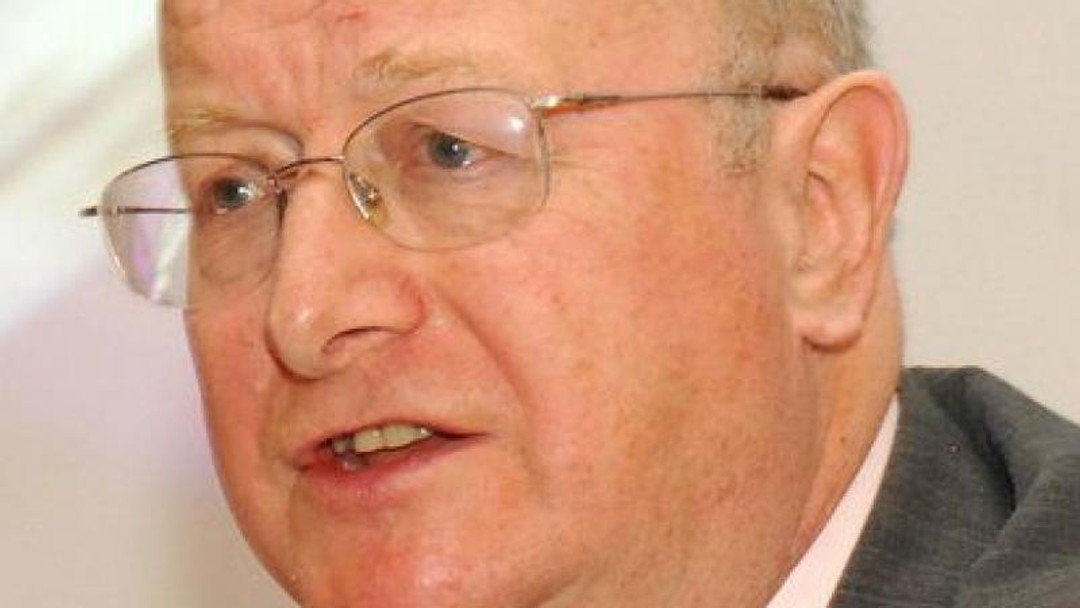Strategies to ensure large engagement practices are sustainable

By Nick Jarrett-Kerr, Visiting Professor, Nottingham Law School
‘Swinging for the fences’ is a baseball term used to describe the activities of big hitters whose aim is to hit the baseball out of the park and secure a home run. Applied to law firms, there are partners who will spend huge amounts of time and energy chasing down and winning extremely large transactions that keep a large team busy for significant periods of time. By contrast, and again using baseball terminology, ‘steady Eddie’ partners are those that have a sustainable and predictable flow of work from a body of clients who provide the firm with the confidence and certainty that budgeted revenues will be achieved year on year.
One partner who regularly deals in large engagements told me recently “in my team we routinely handle engagements on which each member in the team will run up at least 1,000 chargeable hours every year. The problem with our team is that we are either overperforming or underperforming. There is very little middle ground. With less than two engagements a year, we are underperforming. With more than three we are rushed off our feet”.
The rewards attributable to large engagements can be high, but the problem with such practice areas is that, while these large engagements are in full spate, there is little time for practice development activities to build and maintain a continuous and steady pipeline of work. Hence, at the end of a large project, one often finds team members sitting around with little or no client work to do until the next project starts. This issue particularly affects smaller and mid-sized firms, as only the largest firms can sustain idle practices for considerable lengths of time. Hence, strategies must be employed to ensure that large engagement practices can be sustained.
Successful strategies
I see three possible strategies that have been successfully employed:
-
Staffing for troughs and not for peaks. To deploy this strategy, the firm will employ a minimal number of legal staff and will use a body of contract lawyers, freelance lawyers and lawyers-for-hire to supplement their teams when big engagements are in train. This works well in geographical locations where there is a sufficient pool of freelance lawyers to enable teams to be quickly assembled and disassembled, but is more tricky in areas in which lawyers are scarce.
-
Business development initiatives. Many firms employ business development strategies to enable pipelines to keep building, even when the firm is busy. Partners have to relinquish some of their fee earning and project management activities in order to have spare time to build the pipeline. The problem is that the timing of law firm engagements are almost invariably dictated by clients – it is often not possible for lawyers to manoeuvre and massage the timing of any project’s commencement to fit their availability. Faced with the choice of an available firm and a firm that cannot start work for several months, clients will usually go for the available firm, even if that means leaving their traditional law firm.
-
Hedging with other work. Under this strategy, the team will supplement its regular dose of high-value large engagements with a volume and percentage of work that is reliable, consistent, predictable and recurring. If such work can be obtained to a level that enables the practice group to maintain an acceptable level of profitability, then ‘home run’ engagements will supply the additional profit. Again, this strategy is easier said than done. It requires the practice group to be permanently staffed with ‘steady Eddie’ lawyers. The big-project lawyers will of course still be idle during downturns in large engagements, although it may be possible to deploy junior lawyers to other areas.
Billings and profits
Partner compensation is also a live issue for firms where partners are engaged on large projects. While they are running, large engagements supply a rewarding stream of work for the lawyers on the project team and carry the possibility of premium prices.
In good years, large engagement partners will naturally expect their remuneration to reflect the extreme levels of profitability sometimes attributable to such work. Memories are short in law firms and prior years’ overperformance is often not highly valued when a partner becomes idle and starts to be ranked as an underperforming partner.
Highly profitable niche firms and larger firms often boast the capability to manage large engagements through good times and bad. But, the brutal truth is that it is becoming increasingly difficult for small and medium-sized general firms to create a sustainable business model to fit and embrace the sporadic nature of resource-hungry engagements.
Nick Jarrett-Kerr advises law firms worldwide on strategy, governance and leadership development (www.jarrett-kerr.com)
